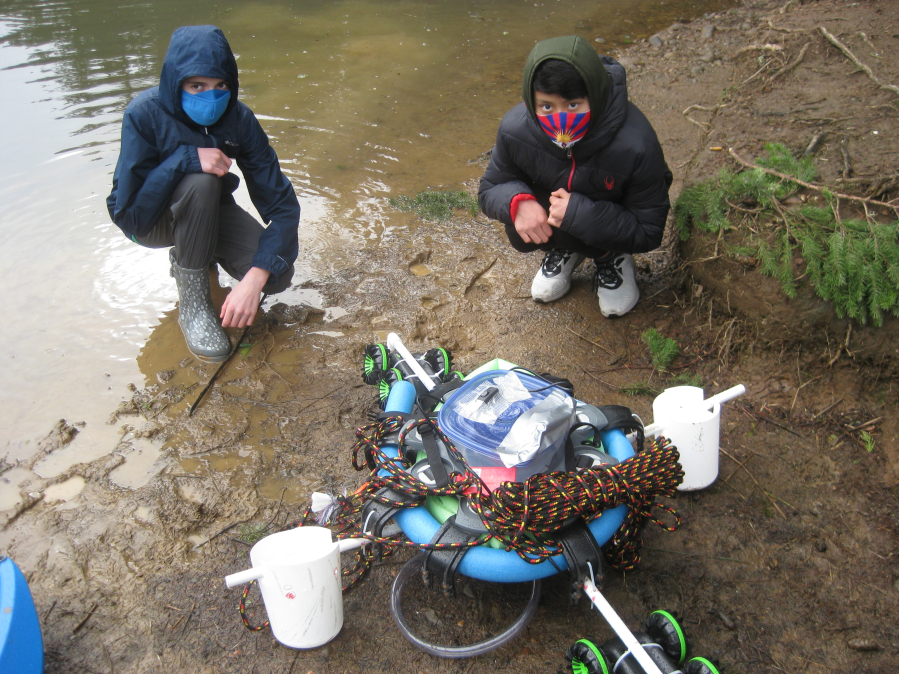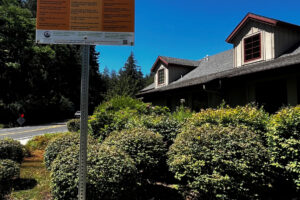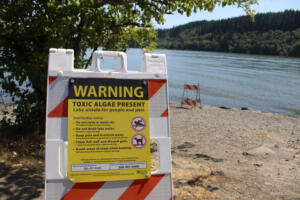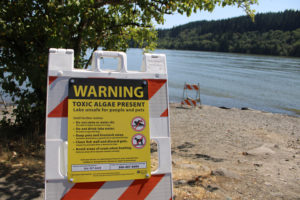Intent on competing in a science competition that could win their team up to $9,000 in savings bonds, the two Camas middle school students were looking for a local problem in need of a solution.
The teens didn’t have to look far.
The problem, said Odyssey Middle School seventh-grader Rafa Lavagnino, 13, was right there, in the middle of their hometown, threatening to ruin one of their favorite outdoor meeting spots.
The solution? Getting rid of the toxic blue-green algae in Camas’ Lacamas Lake.
Lavagnino and his friend, Tenzin Kelsang, 13, a seventh-grader at Skyridge Middle School, grew up swimming and paddleboarding in Lacamas Lake. The lake was where they’d hang out with friends during the summer months.
Recently, however, the students had noticed something amiss at the lake: toxic algal blooms, which can sicken humans and kill pets, had gone from rare events to near-constant disruptions.
“One year, the lake was closed the entire summer, pretty much,” Lavagnino said. “There were only a few times when it was open.”




